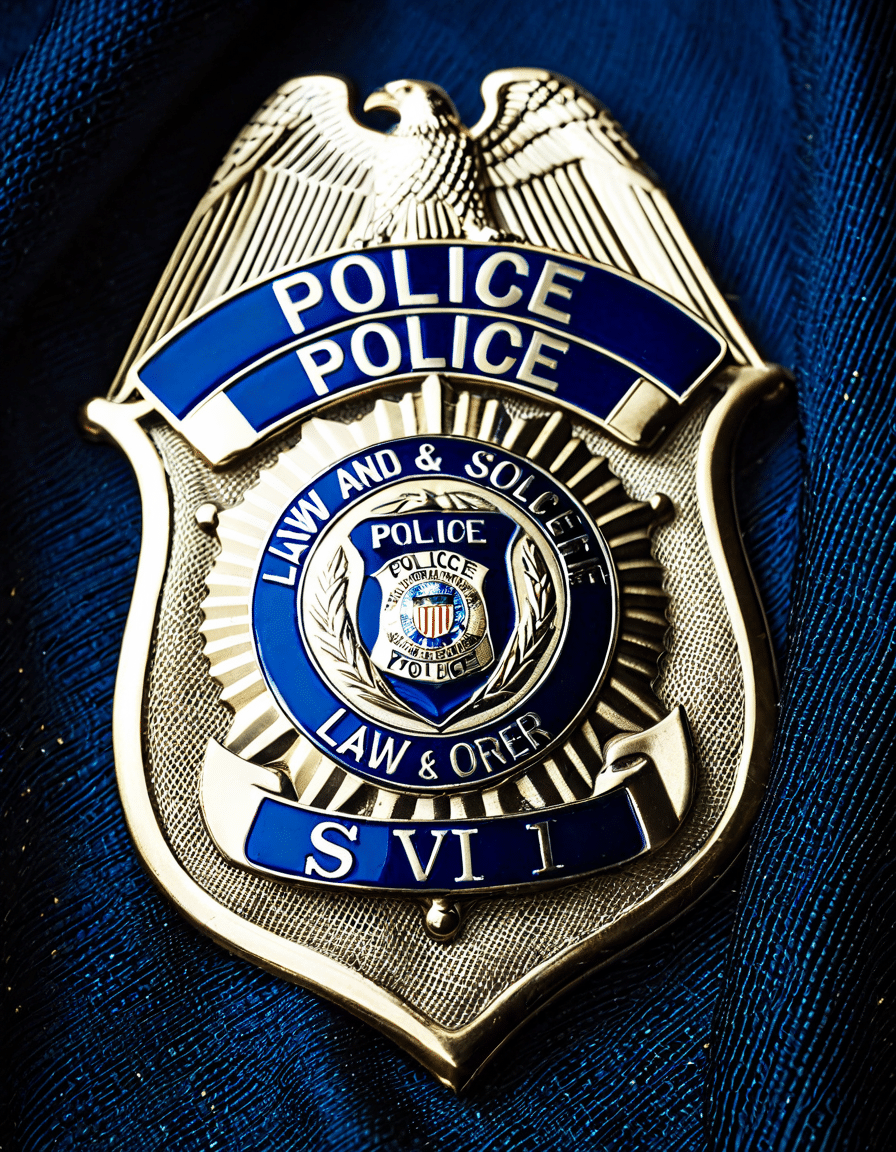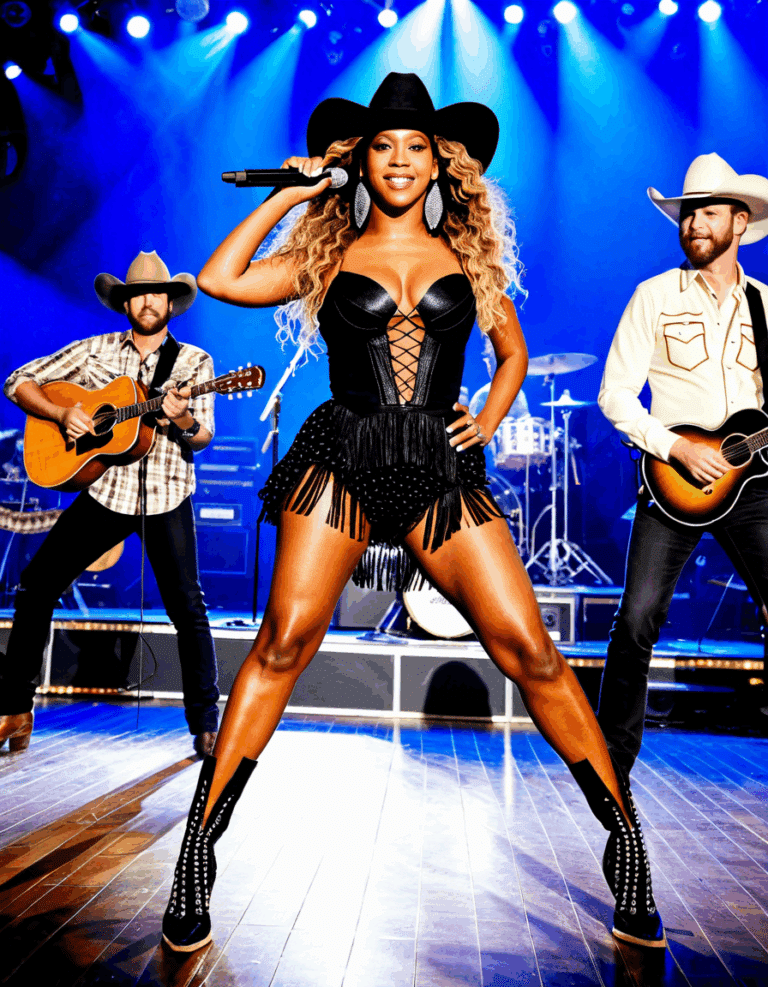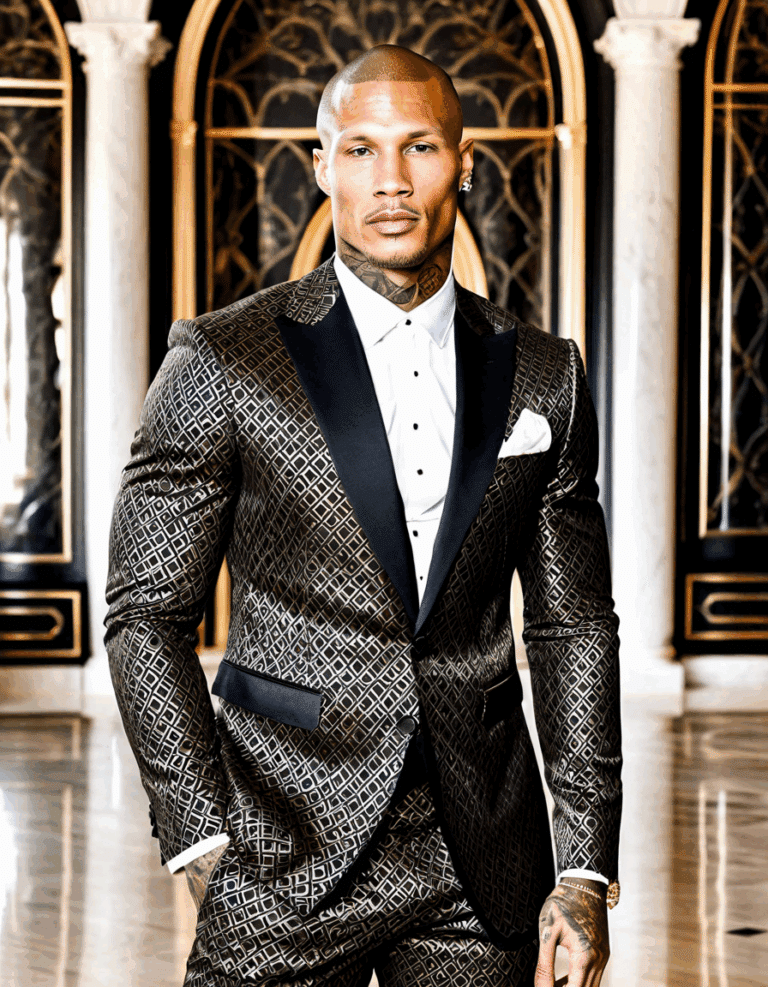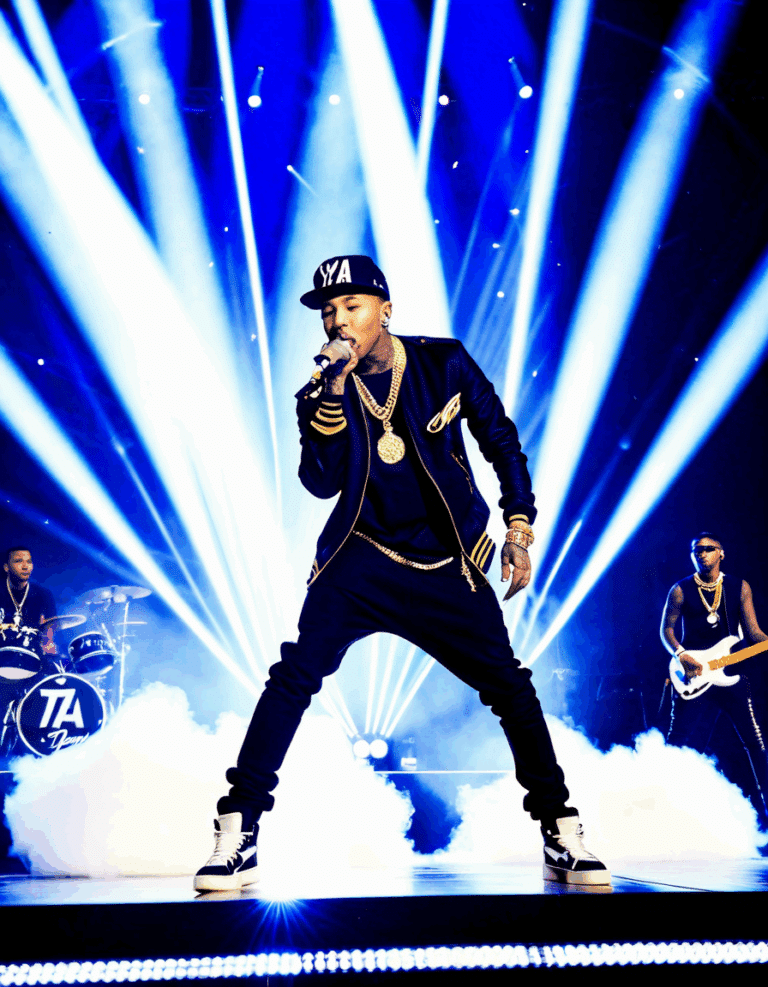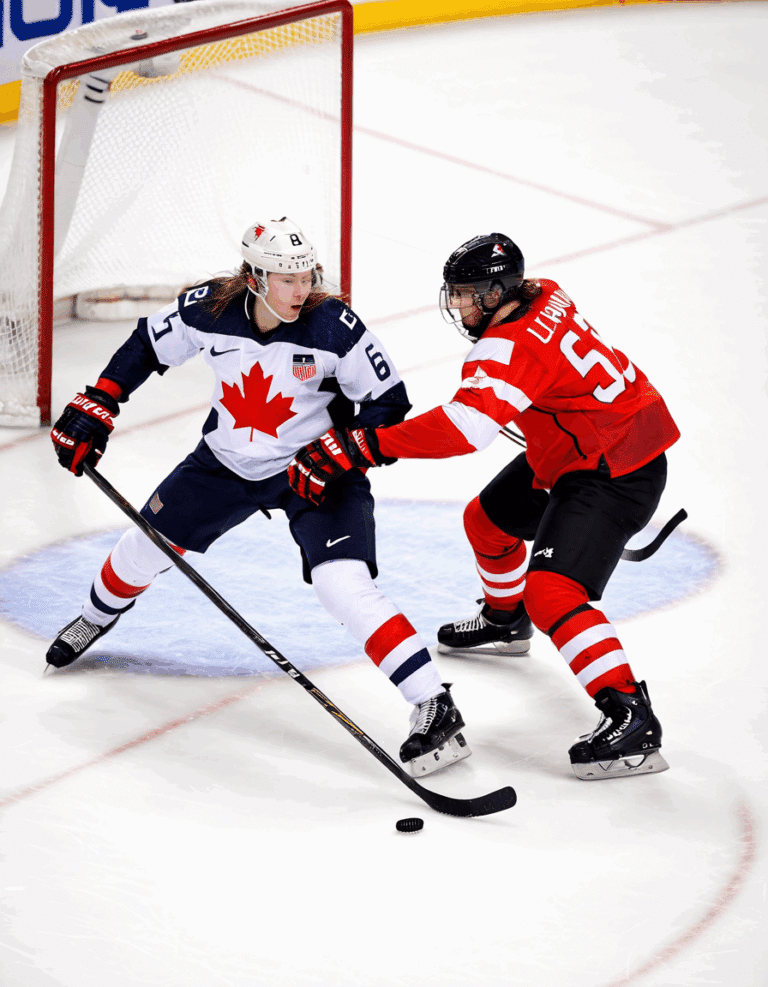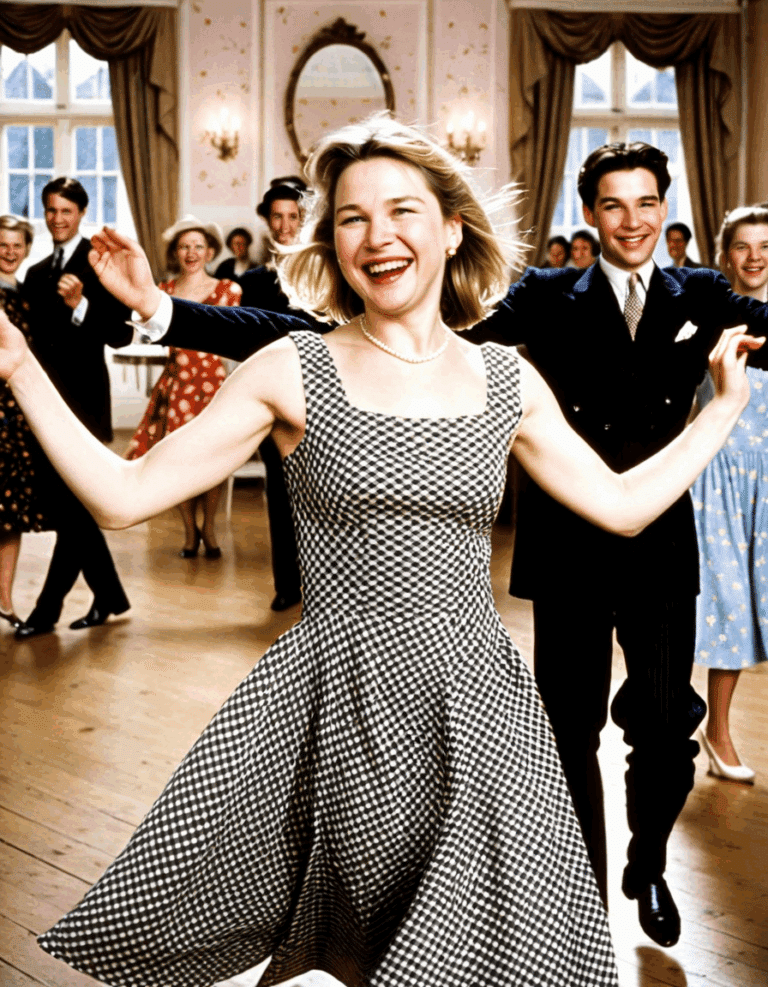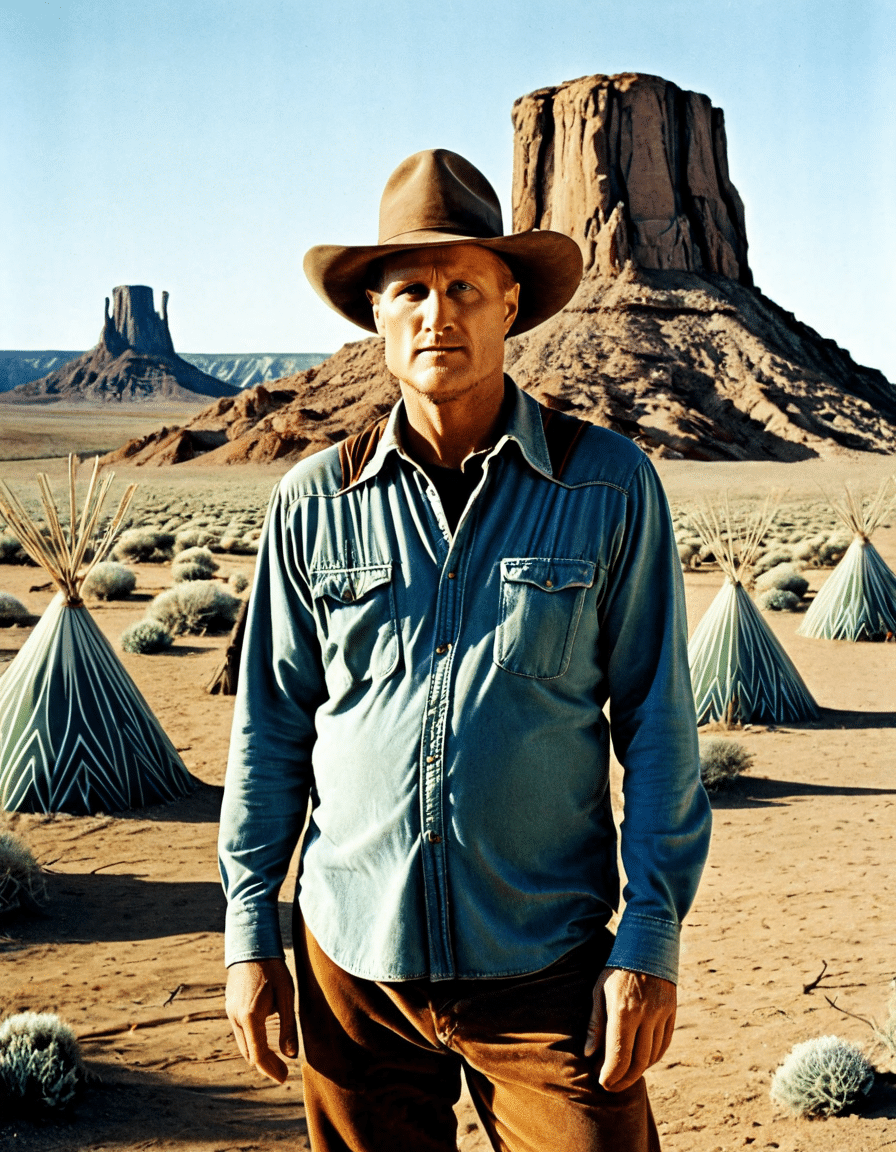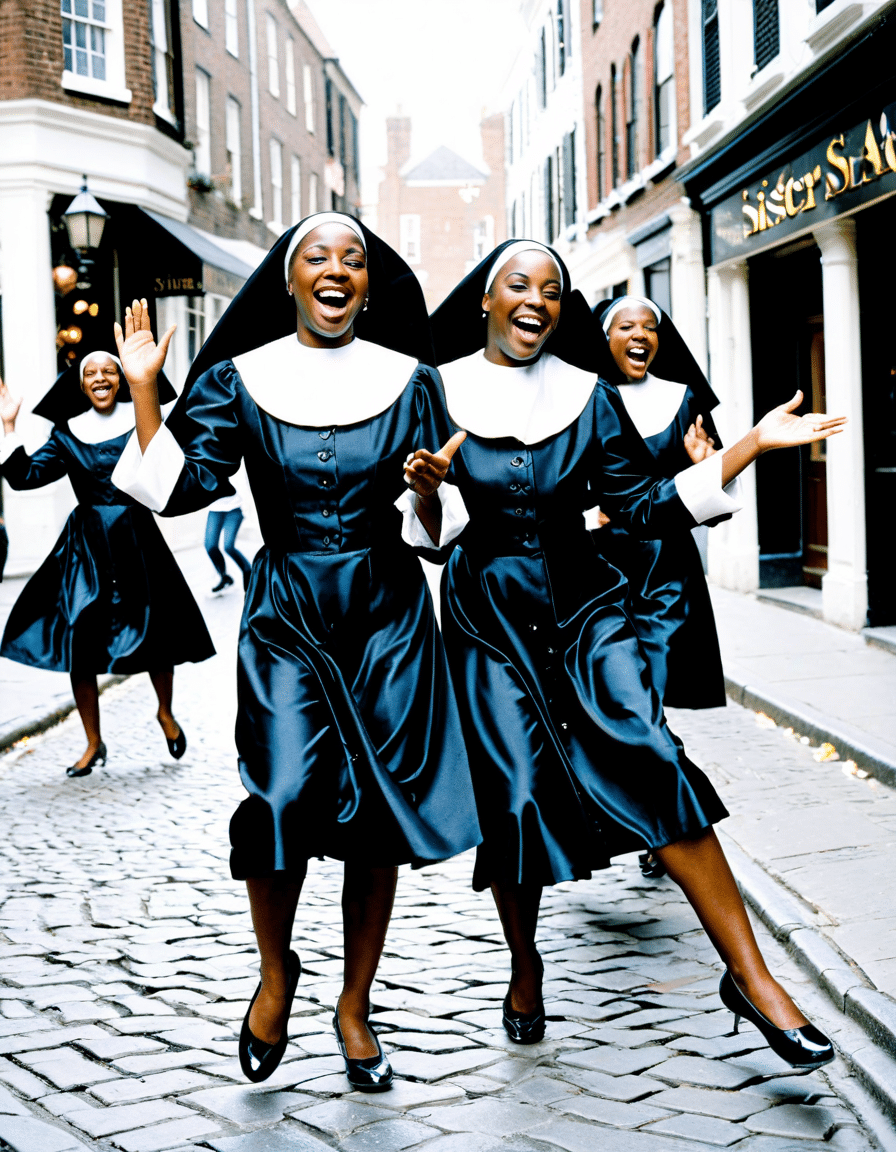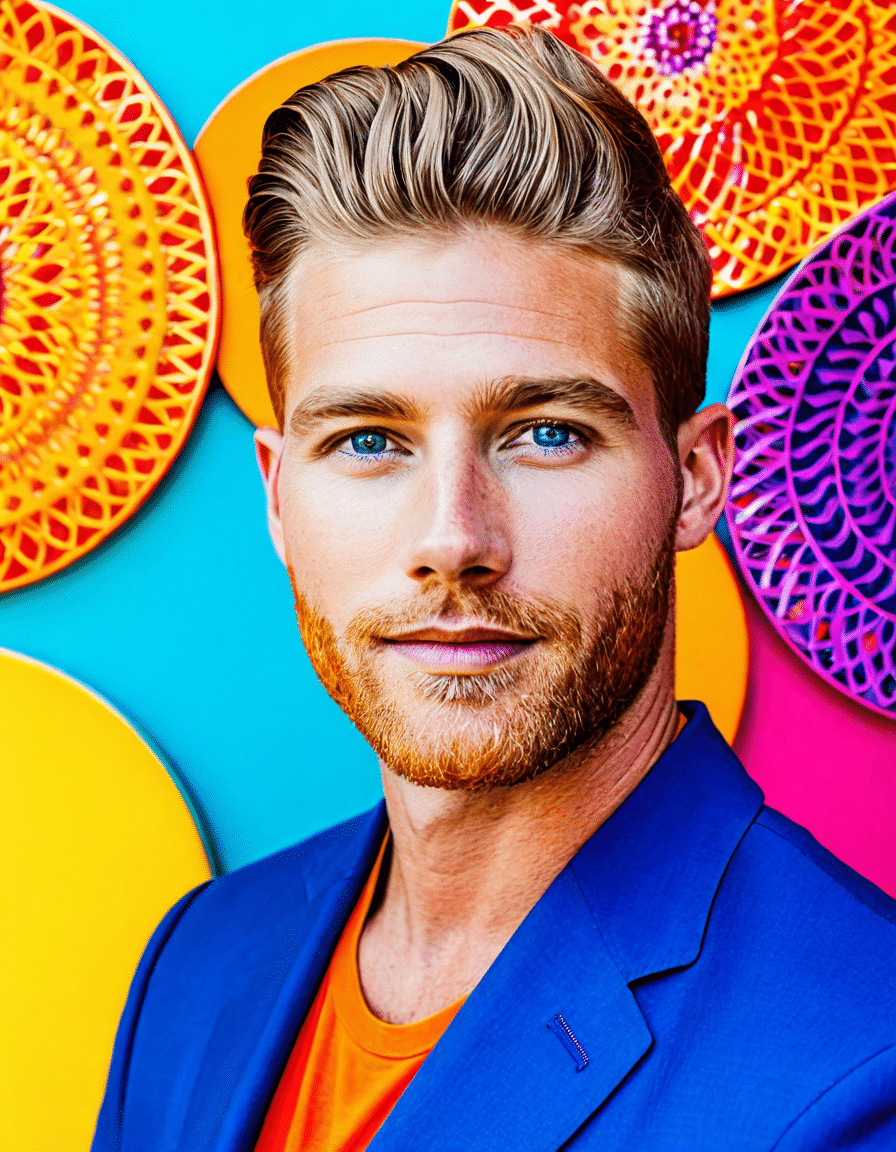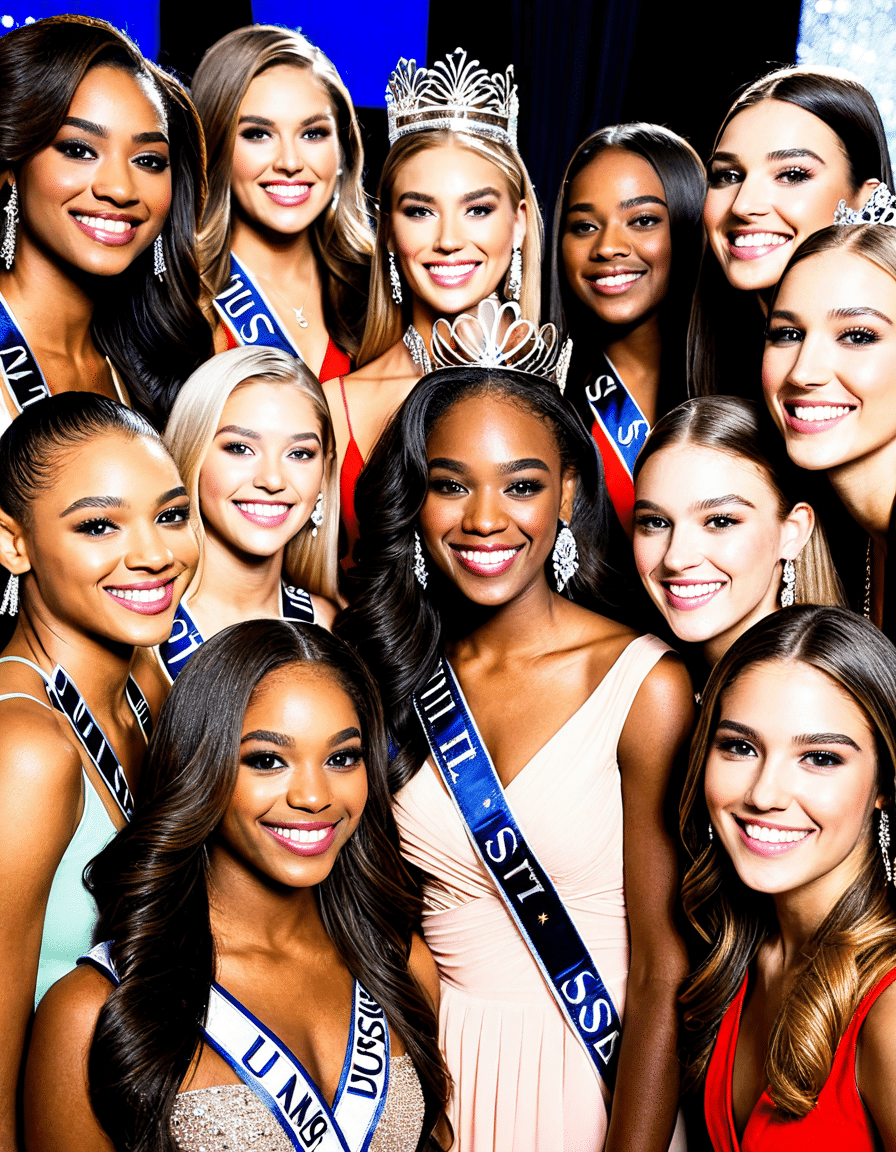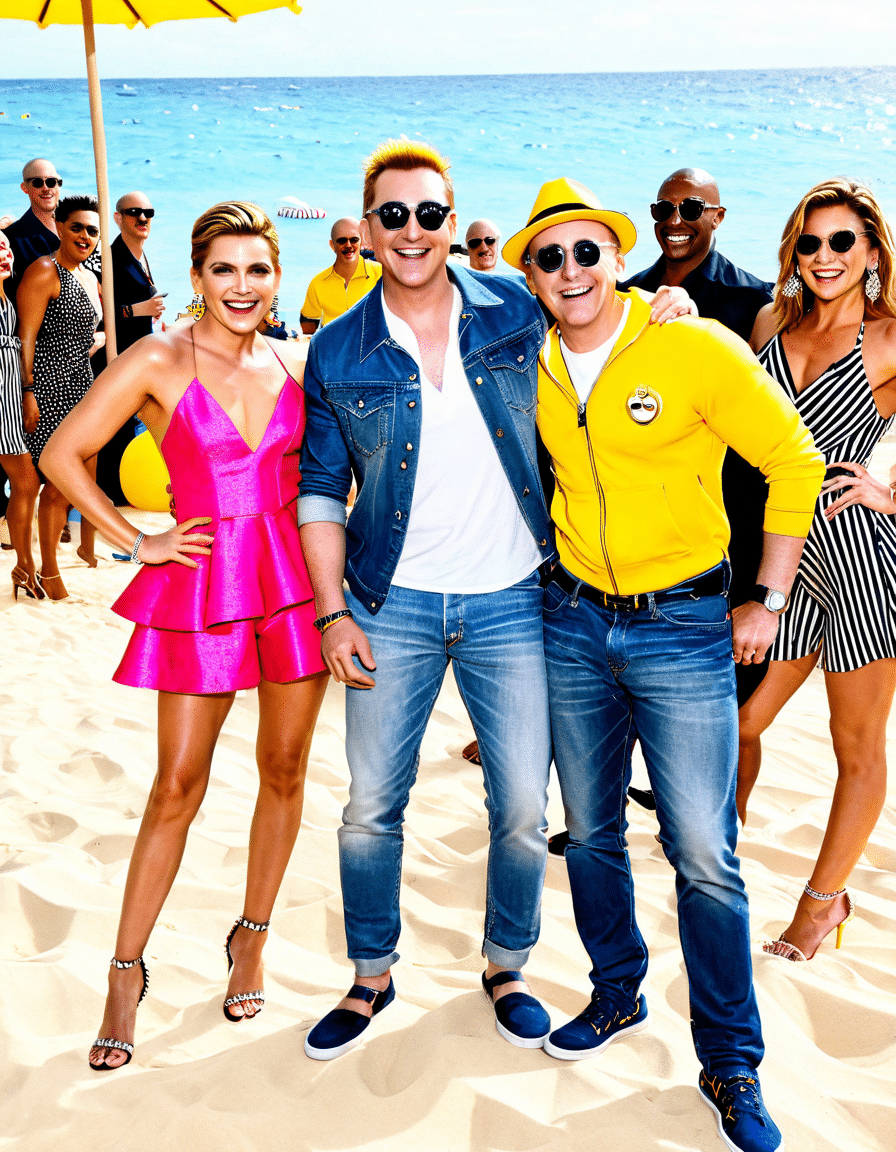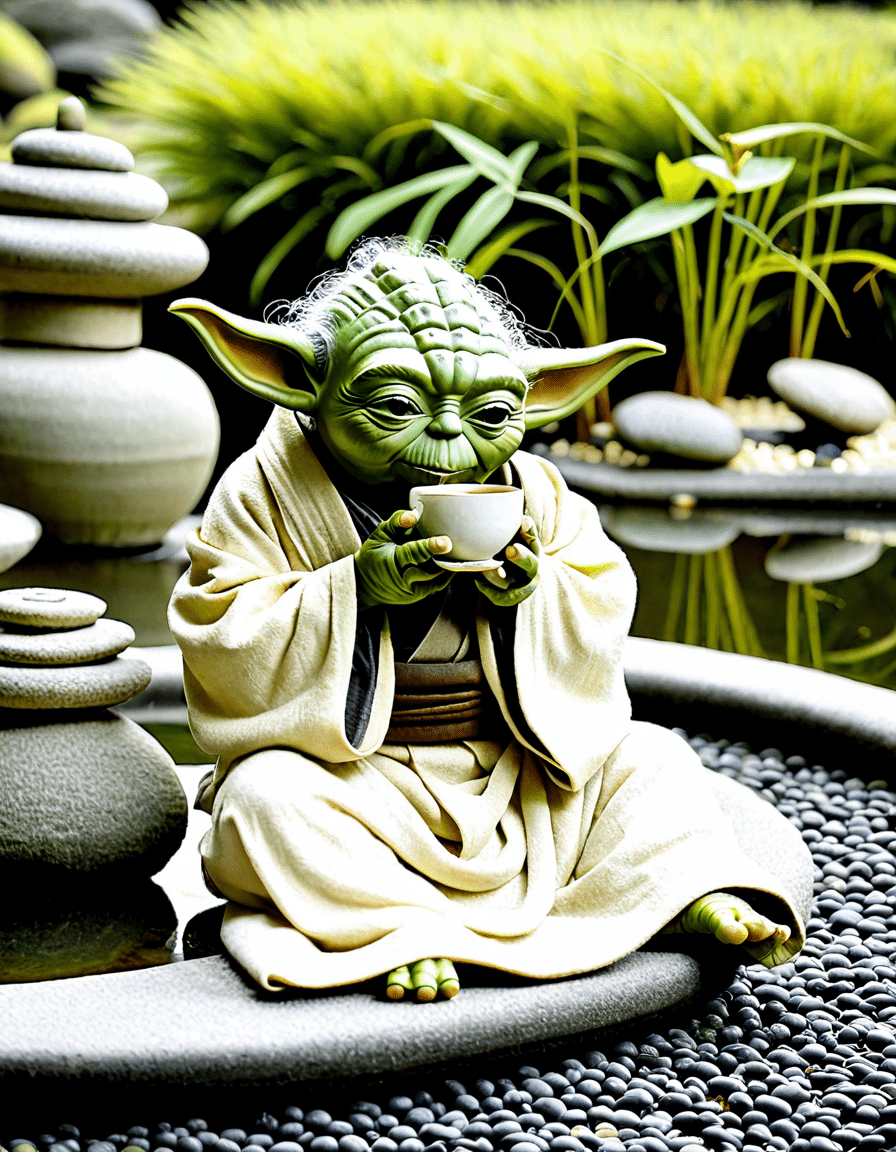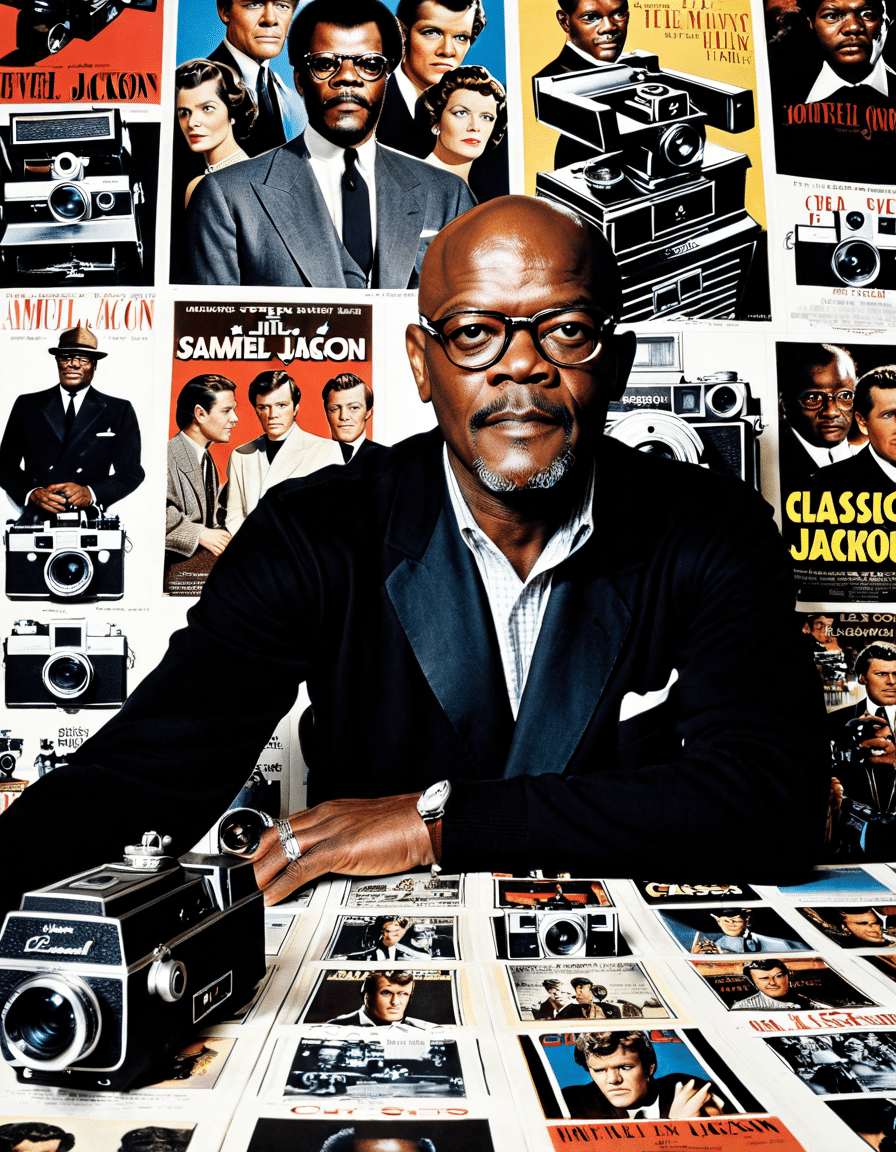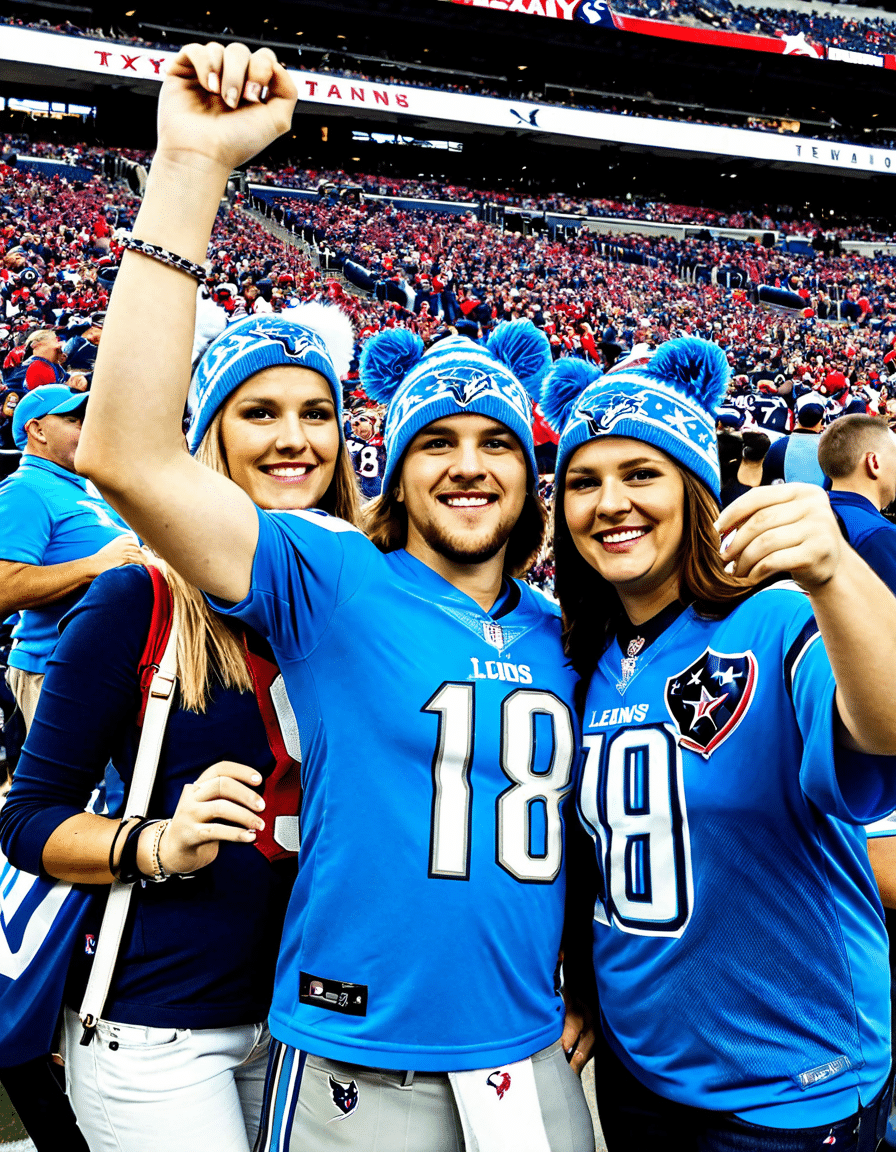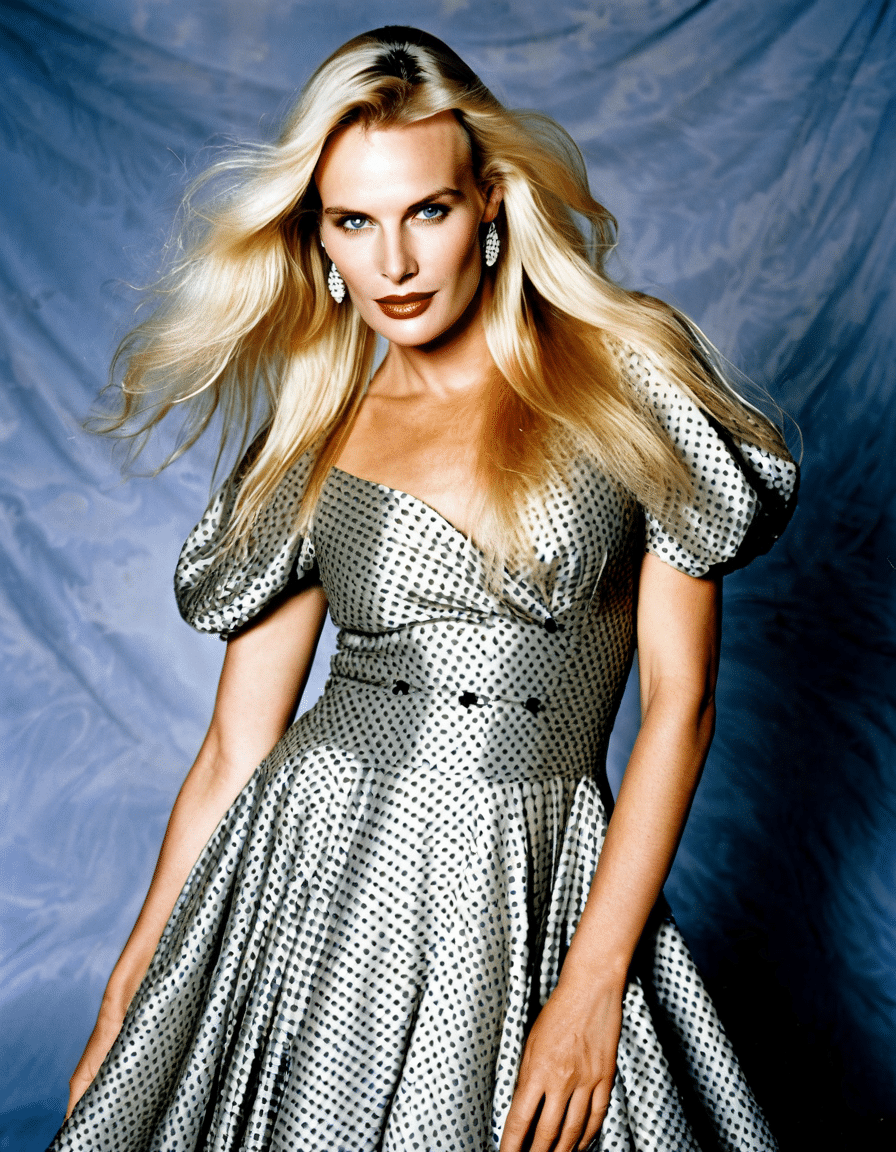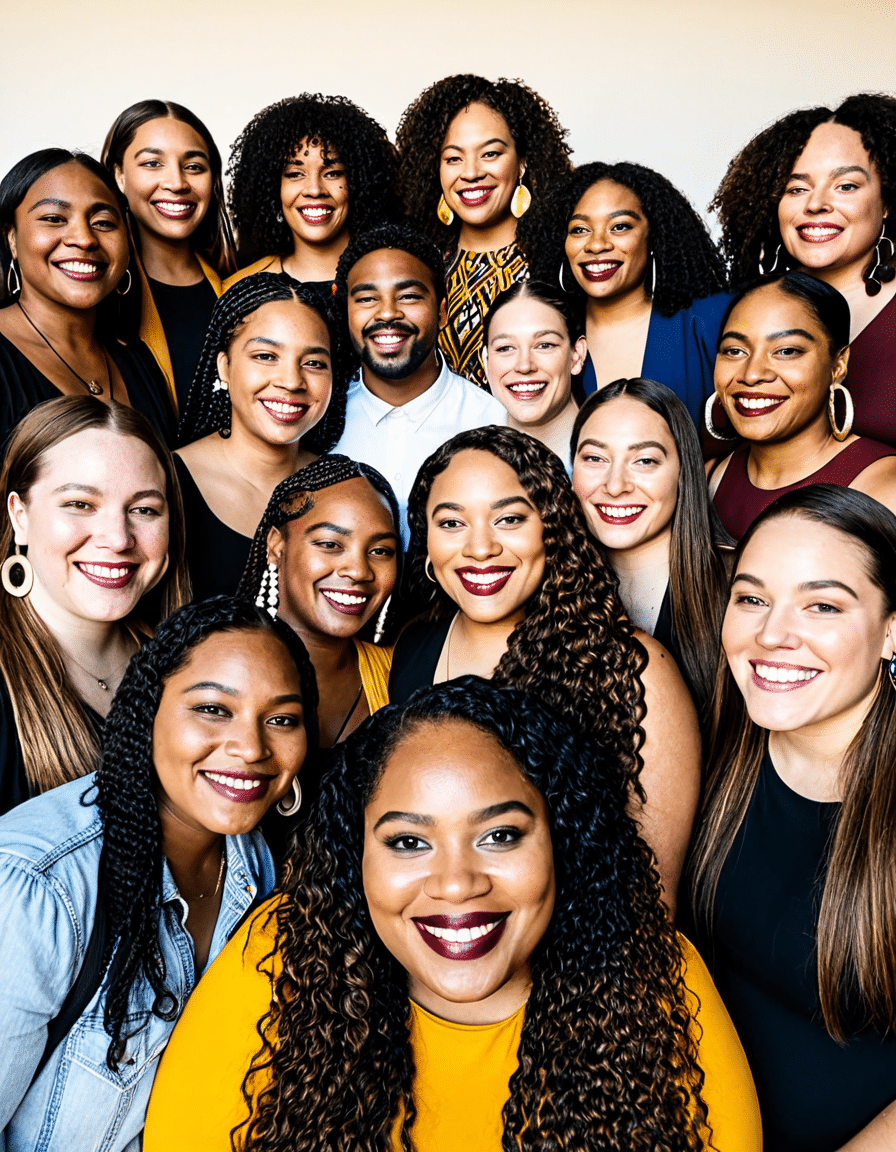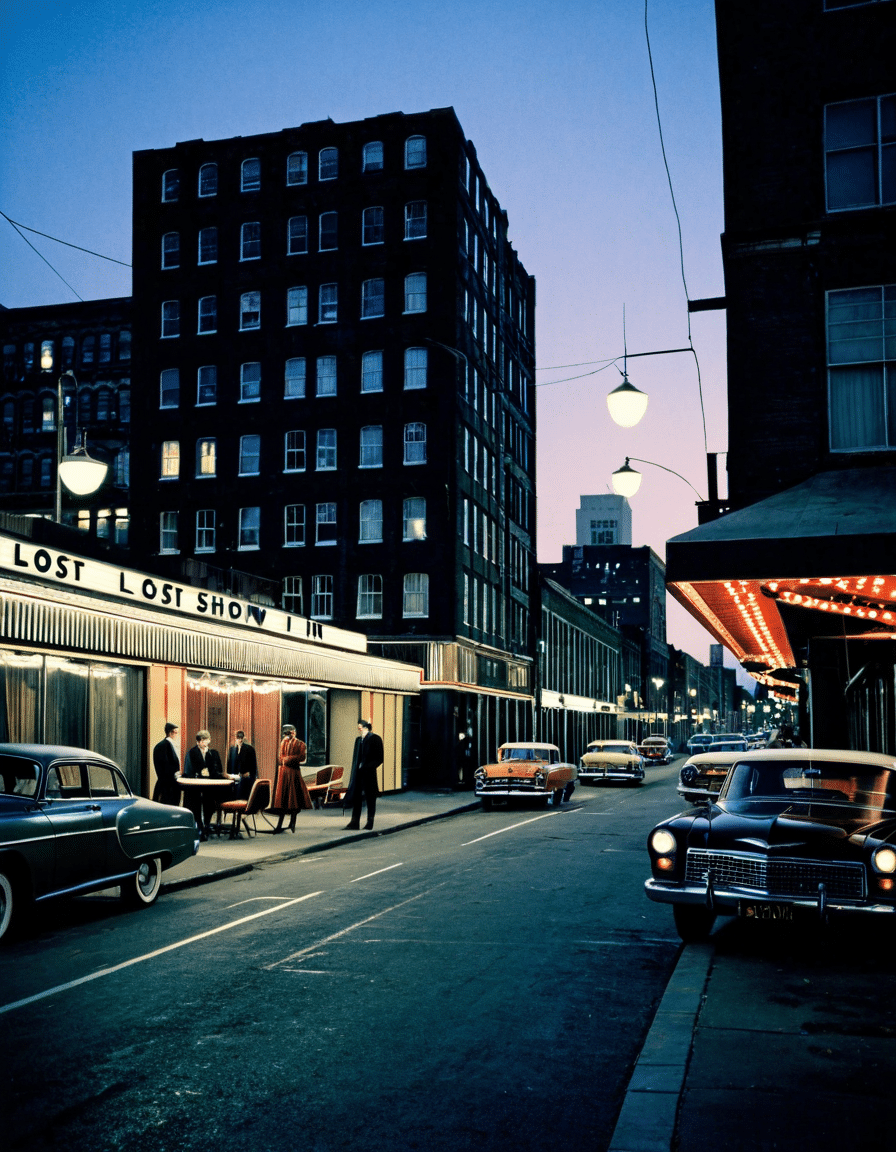In the dynamic landscape of television, few series have managed to blend dramatic storytelling with pressing social issues quite like Law and Order SVU. This series, a staple of modern television, continues to captivate audiences while confronting the often unspoken realities surrounding crime, justice, and society. From the murky waters of consent to the role of media in shaping narratives, Law and Order SVU engages viewers with a style that’s as cutting-edge as a haute couture runway. So grab your favorite digestif, darling, for we’re about to delve into the riveting impacts of this legendary show.

The Impact of Law and Order SVU on Public Perception of Crime
Law and Order SVU not only entertains but also educates and provokes thought, shaping how society views crime and justice. By weaving in real-world issues, it provides a lens through which audiences and critics alike can understand the complexities of our legal framework. Episodes are sprinkled with poignant references, relatable characters, and, yes, even the occasional splash of drama worthy of any fashion show finale. This series serves as a cultural matador, challenging the status quo while providing a voice for those often left unheard.

7 Realities of Crime Explored in Law and Order SVU
1. The Complexities of Consent
Consent, my dear friends, is a topic that Law and Order SVU delves into with a breathtaking depth that even Socrates would envy. In episodes like “Sheltered Outcasts,” the show brilliantly illustrates how societal misconceptions can lead to tragic legal outcomes. The narratives create a ripple effect in discussions around consent—encouraging viewers to examine their understanding of this essential element in sexual cases. It’s a conversation starter, igniting dialogues in coffee shops and classrooms alike.
2. Victims’ Stories and Their Aftermath
Law and Order SVU is never shy about painting a vivid picture of the emotional toll on victims. Take the episode “Birthright,” for example; its portrayal of trauma is haunting yet necessary. These stories are not mere plot devices; they resonate with many and highlight the importance of mental health resources. By humanizing victims, the show challenges viewers to empathize and advocate for better support systems—because every victim deserves more than just a passing mention.
3. The Role of Technology in Modern Crime Fighting
In our digital age, Law and Order SVU peeks behind the digital curtain to show how technology affects crime-solving. The episode “Web” uncovers the complexities of cybercrime, cautioning us against the all-too-familiar pitfalls of social media and digital footprints. Watching these narratives unfold, one cannot help but ponder: Is our online life enhancing our experiences or complicating criminal investigations?
4. The Legal System’s Flaws
What’s a drama without a bit of courtroom chaos? Law and Order SVU lays bare the imperfections in our justice system. Consider “Undercover,” where procedural errors result in gut-wrenching consequences, reflecting the frustrations voiced by legal experts. This critique pushes audiences to consider: How effective is our legal machinery really? The show does not shy away from controversy, inviting viewers to dig deeper into the uncomfortable truths that underpin our legal practices.
5. Societal Responses to Sexual Violence
As the episodes unfold, Law and Order SVU highlights pervasive societal attitudes surrounding sexual violence. In “Her Negotiation,” the show illustrates how social perceptions can silence victims, making them hesitate to report crimes. This narrative amplifies a crucial discussion about societal culpability and the need for robust support systems. After all, if society embraces the truth, it can foster a community where victims feel empowered to share their stories.
6. Intersectionality in Crime Analysis
The series doesn’t ignore the intricate ties between privilege and justice. In “Screwed,” Law and Order SVU showcases how socioeconomic disparities influence experiences with crime and justice. Here, the diverse backgrounds of characters not only serve narrative purposes but also spark discussions about ongoing social issues. It’s a vibrant tapestry of human experience that mirrors the multifaceted nature of life itself.
7. The Influence of Media on Crime Narratives
Finally, Law and Order SVU holds a mirror to the media’s role in shaping crime narratives. The episode “Scorched Earth” critiques sensationalism, asking how it distorts public understanding of crime and justice. This raises an essential question: Are we, as consumers of media, able to discern fact from fabrication? The series doesn’t just entertain; it speaks to an issue as pressing as today’s headline news.
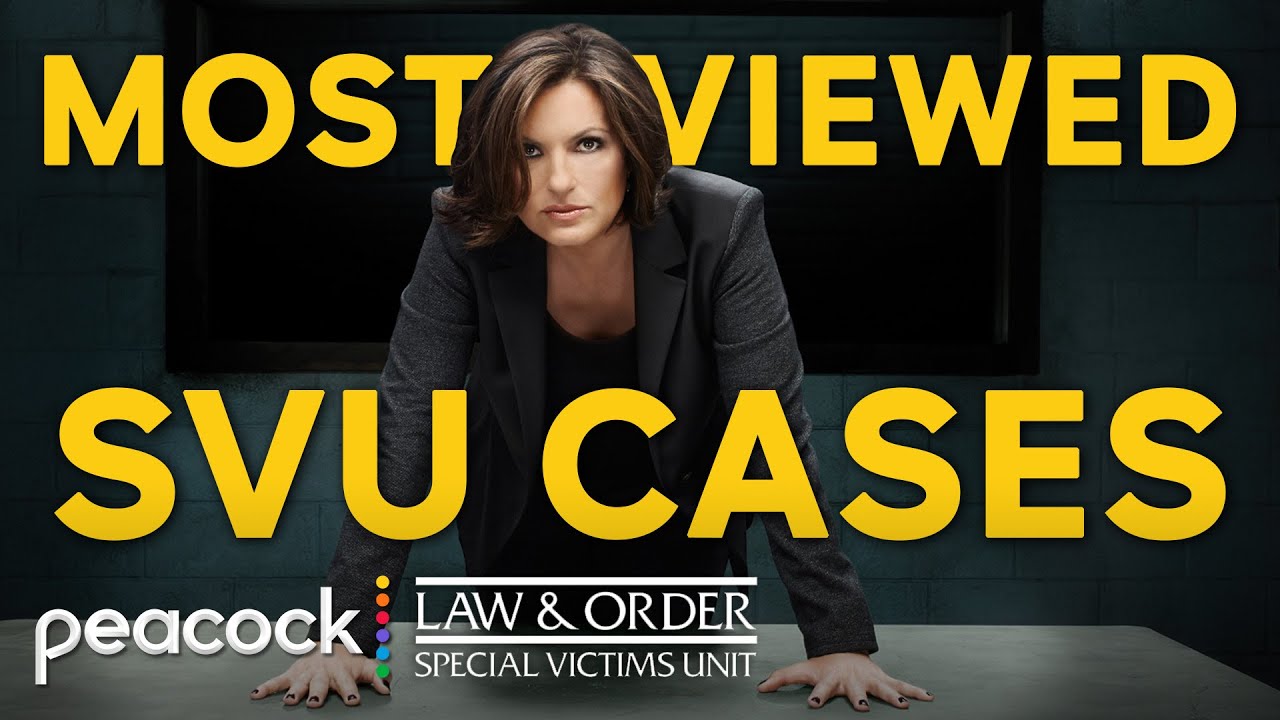
Law and Order SVU: Shaping Conversations Around Crime and Justice
As we weave through the intricate threads of crimes portrayed in Law and Order SVU, it becomes evident that the show serves as more than a mere entertainment vehicle; it’s homework for the socially conscious. The series tackles hard-hitting themes with a stylish flair and deft narrative strokes, encouraging a dialogue that ripples beyond the screen.
When we confront pressing issues such as consent and the influence of technology, Law and Order SVU helps guide us towards critical reflection and empathy. Its cultural influence ensures that topics surrounding crime and justice remain central to public discourse. So let’s remember that, with each cryptic plot twist, this modern paragon of storytelling not only entertains but also fosters understanding and compassion in an increasingly complex society.
In today’s media-saturated age, Law and Order SVU stands tall as an essential touchpoint in the fabric of popular culture. It inspires thought, challenges perceptions, and illuminates the path to a more just society. So the next time you tune in, know that you’re engaging with something far more significant than a simple crime drama; you’re part of an ongoing conversation about crime today.
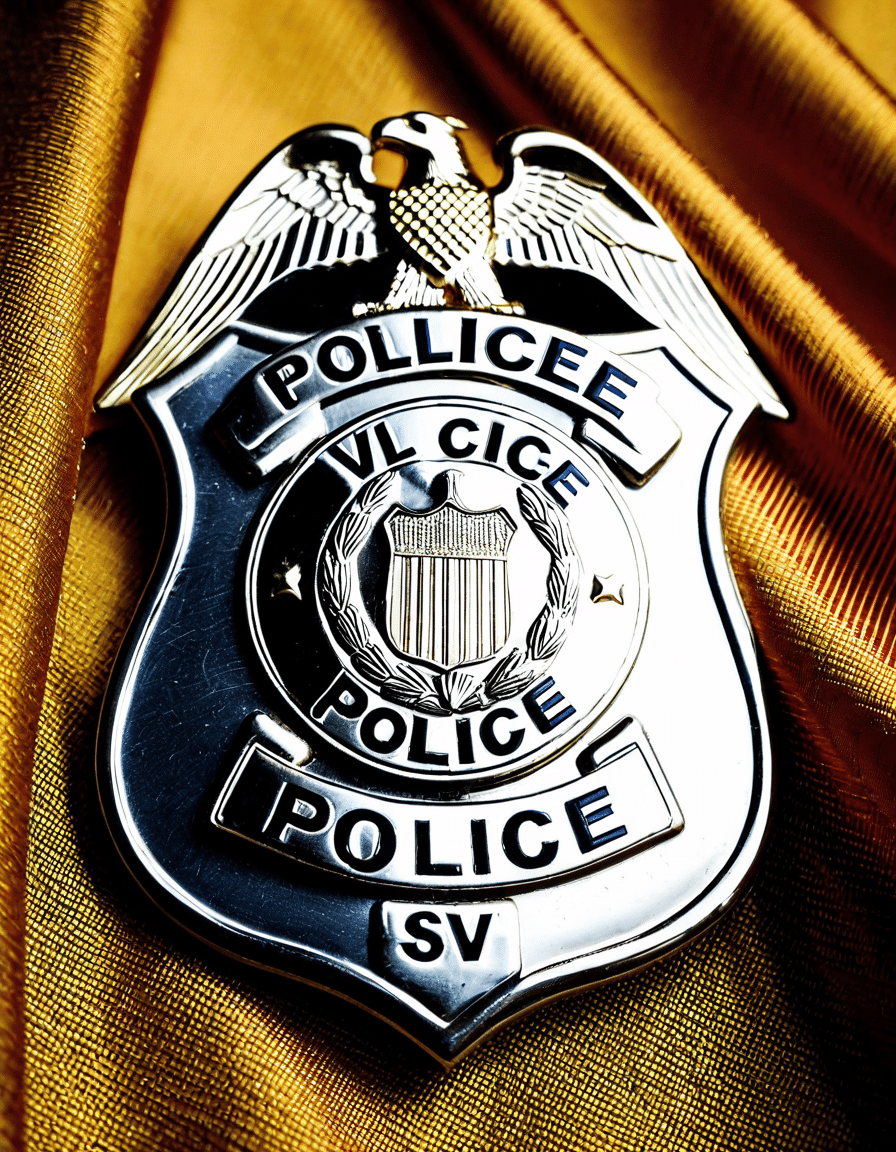
Law and Order SVU: Fascinating Facts You Didn’t Know
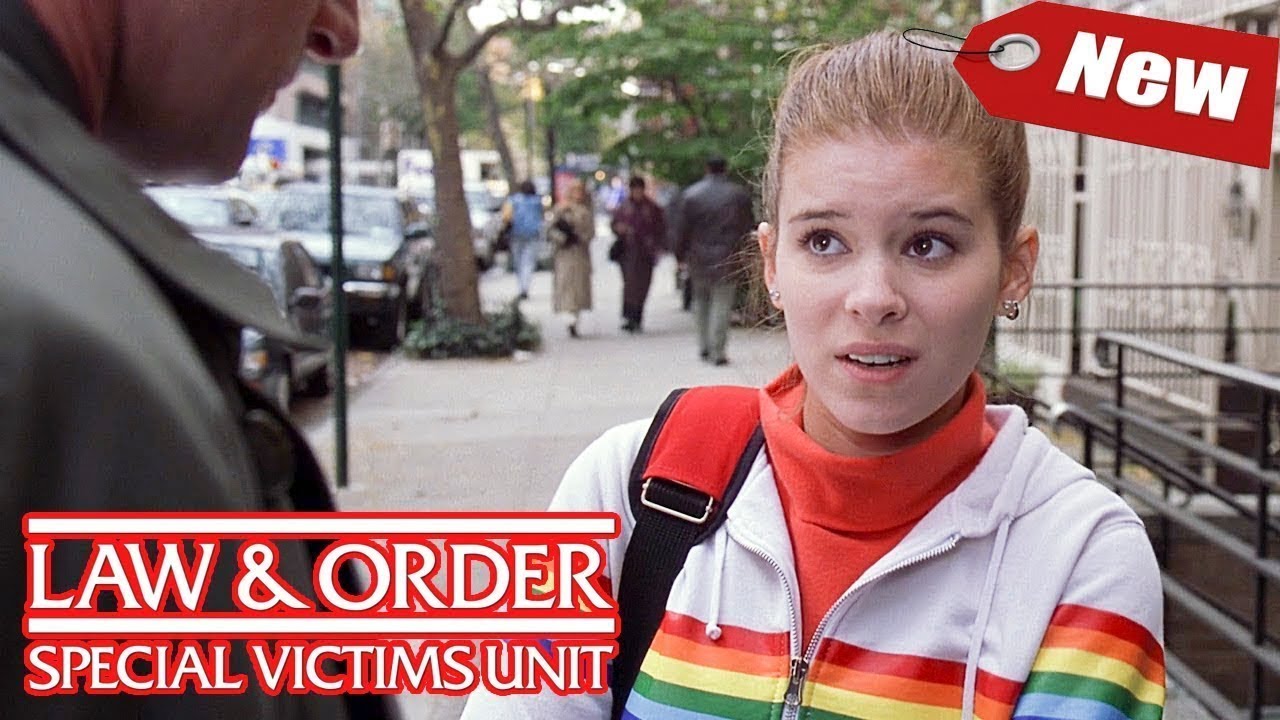
Behind the Scenes Secrets
Did you know that “Law and Order SVU” has been on air since 1999, making it one of the longest-running scripted primetime series in U.S. history? This show tackles heavy issues while providing a glimpse into the intricacies of crime and justice. Speaking of lengthy careers, if you’re wondering how old is Kendrick Lamar, you’ll find he was born in 1987, placing him alongside some of this year’s breakout talents. And just like the twists in SVU, Kendrick’s journey is equally compelling, rife with unexpected turns!
Interesting Character Trivia
When thinking about the show’s cast, Chukwudi Iwujis recent rise in stardom is worth noting. Known for his captivating performances, he brings a fresh energy that aligns well with the show’s sometimes intense narratives. The synergy among the cast members enhances the depiction of raw human emotion, highlighting the performances that (much like the dishes at The Marine room la jolla) keep viewers coming back for more. So, the next time you’re watching an intensely dramatic scene, consider how much effort goes into portraying these challenging roles.
Cultural Connections
“Law and Order SVU” not only raises awareness about serious social issues but also interacts with contemporary culture. The show often draws parallels with popular music, where artists like Beyoncé draw on similar themes of empowerment and struggle, such as in her Cowboy Carter songs. Moreover, the show has been part of conversations that even tackle unexpected topics—like the often stigmatized nature of naked sex—demonstrating how storytelling can sometimes peel back the layers on society’s more taboo subjects. And as you delve into the intricacies of the cases portrayed in SVU, remember that the moral lessons echo even ancient texts, such as Exodus 20, reminding us about the fundamental values we hold dear.
So whether you’re craving a good drama or curious about the cutting-edge issues showcased on “Law and Order SVU,” there’s always something new to discover. Just like figuring out your next loan payment amortization calculator for a home, engaging with this series invites reflection and insight about the justice system intertwined with real-life scenarios.
